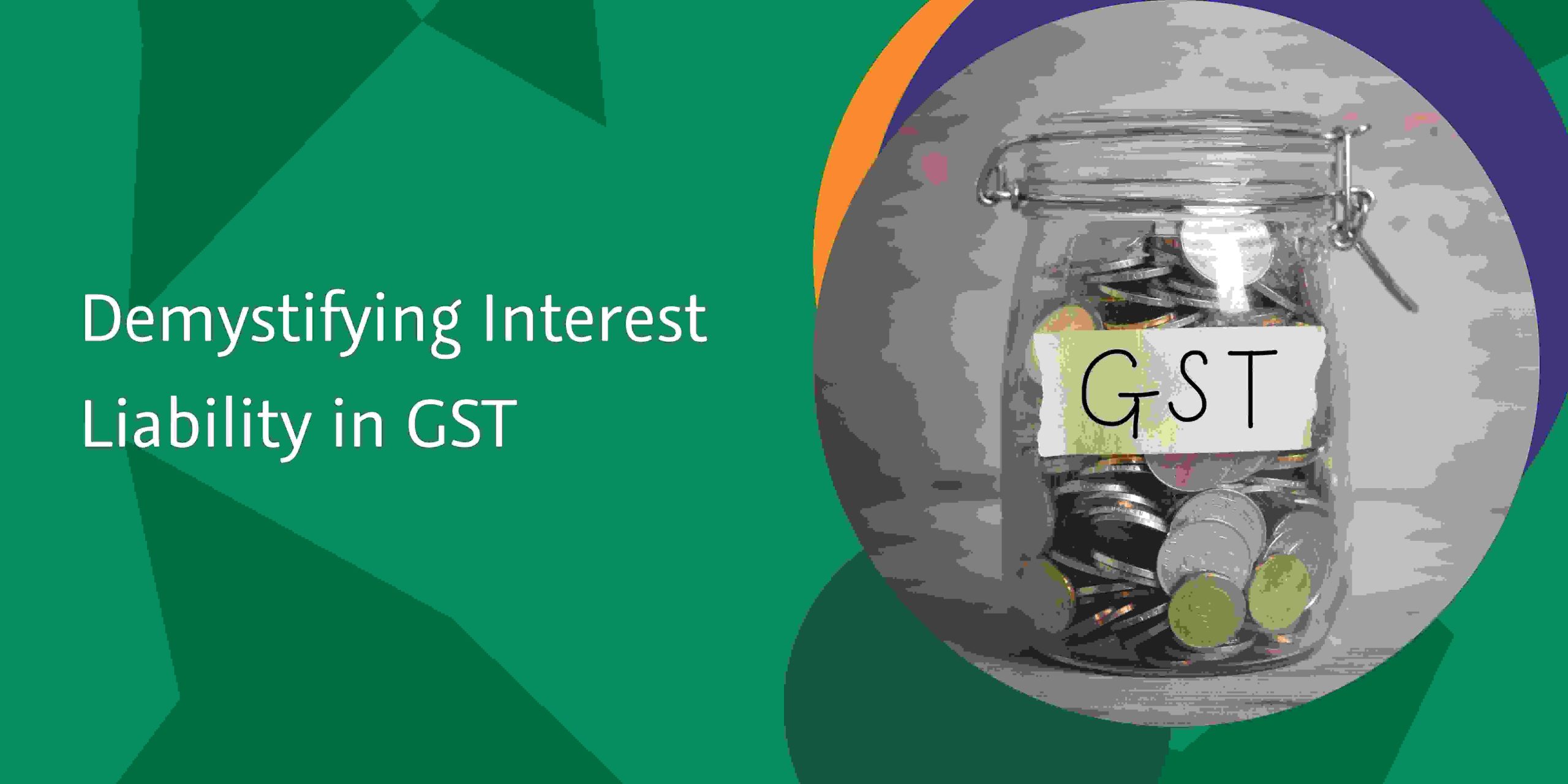The Goods and Services Tax (GST) has significantly impacted the Indian taxation system. However, when it comes to understanding its nuances, particularly about direct taxes and self-assessment tax, businesses often find themselves in a complex web of regulations. This comprehensive guide will simplify the concepts of direct tax and self-assessment tax within the GST framework for businesses.
Understanding Direct Tax in GST
Direct tax refers to the tax levied directly on individuals or businesses. In the context of GST, direct tax is primarily composed of income tax. Here’s what businesses need to know:
- Income Tax in GST: Income tax is a direct tax businesses are liable to pay on their taxable income. This tax is distinct from GST, which is an indirect tax paid on the supply of goods and services. Businesses should ensure they calculate and pay their income tax timely.
- Self-assessment of Income Tax: Businesses are responsible for self-assessing their income tax liability. This involves estimating their taxable income and computing the income tax payable accordingly.
- Advance Tax: Advance tax payments are made in instalments throughout the financial year. This helps businesses manage their cash flow and ensures timely compliance with income tax regulations.
- Deductions and Exemptions: Businesses can reduce their taxable income by claiming deductions and exemptions available under the Income Tax Act. It is essential to keep proper records and documentation to support these claims.
Understanding Self-Assessment Tax
Self-assessment tax is the tax paid by a taxpayer on their assessment of income. In the context of GST, self-assessment tax applies to businesses as follows:
- GST Liability: Businesses must calculate their GST liability accurately. This includes determining the applicable GST rates for their products or services and keeping track of input tax credit (ITC) to reduce their overall tax liability.
- Quarterly GST Return Filing: GST is typically paid every quarter. Businesses must file GST returns promptly to report their sales, purchases, and tax payments. Filing these returns accurately is crucial to avoid penalties.
- Self-Assessment of GST: Businesses self-assess their GST liability while filing returns under the GST regime. They must reconcile their outward supplies (sales) and inward supplies (purchases) and calculate the GST payable.
- Payment of GST: Businesses must pay the calculated GST liability online through the GST portal after self-assessment. This ensures transparency and timely compliance.
- Reconciliation and Audit: Regular reconciliation of GST data and proper record-keeping are vital for businesses to withstand GST audits or scrutiny by tax authorities.
Key Differences Between Direct Tax and Self-Assessment Tax
- Direct tax is primarily income tax, while self-assessment tax is related to GST.
- Businesses self-assess both income tax and GST liabilities.
- Income tax is paid on taxable income, whereas GST is paid on the supply of goods and services.
- Income tax is typically paid in advance in quarterly instalments, while GST is paid quarterly after self-assessment.
Challenges and Tips for Businesses
Navigating direct and self-assessment tax in the GST framework can be challenging. Here are some tips for businesses:
- Regular Compliance Checks: Regularly review and assess your tax liabilities to avoid discrepancies and penalties.
- Seek Professional Help: Engaging a tax professional or chartered accountant can help you navigate complex tax regulations and minimise tax liabilities legally.
- Maintain Accurate Records: Maintain proper documentation for income tax deductions, GST returns, and ITC claims.
- Timely Filing and Payment: To prevent interest and penalty charges, file your income tax returns and GST returns on time.
The Goods and Services Tax (GST) is a significant tax reform introduced in India aimed at simplifying the indirect tax structure and fostering economic growth. However, understanding the nuances of GST can be daunting for businesses. In this comprehensive guide, we unravel the complexities of GST and provide valuable insights for businesses to navigate the tax regime effectively.
Understanding GST:
GST is a unified tax levied on the supply of goods and services across the country, replacing multiple indirect taxes such as excise duty, service tax, and VAT. It is structured into four main tax slabs – 5%, 12%, 18%, and 28%, with certain essential items attracting a lower rate or exempted altogether.
Key Components of GST:
CGST (Central Goods and Services Tax): Collected by the central government on intra-state supplies of goods and services.
SGST (State Goods and Services Tax): Levied by the state government on intra-state supplies of goods and services.
IGST (Integrated Goods and Services Tax): Applicable on inter-state supplies of goods and services and collected by the central government.
UTGST (Union Territory Goods and Services Tax): Imposed by union territories on intra-UT supplies of goods and services.
GST Registration:
Businesses with an annual turnover exceeding the prescribed threshold are required to register for GST. Registration enables businesses to collect tax from customers, claim input tax credit on purchases, and comply with GST regulations.
GST Compliance:
Once registered, businesses must fulfill various compliance requirements, including filing monthly, quarterly, or annual returns based on their turnover. It’s essential to maintain accurate records of invoices, input tax credits, and outward supplies to ensure compliance with GST laws.
Input Tax Credit (ITC):
One of the key benefits of GST is the input tax credit mechanism, allowing businesses to set off taxes paid on inputs against their output tax liability. This promotes efficiency and eliminates the cascading effect of taxes, resulting in cost savings for businesses.
Reverse Charge Mechanism (RCM):
Under RCM, the recipient of goods or services is liable to pay GST instead of the supplier. RCM applies to specified goods and services, ensuring that tax compliance is maintained, particularly in transactions involving unregistered suppliers.
GST Audit and Assessment:
GST authorities conduct audits and assessments to verify the accuracy and completeness of GST returns filed by businesses. It’s crucial for businesses to maintain proper documentation and cooperate with authorities during audits to avoid penalties or legal repercussions.
GST Rates and Exemptions:
GST rates vary depending on the nature of goods or services. Certain essential items like food grains, healthcare, and education are exempted from GST, while others may attract a concessional rate or fall under the standard rate slabs.
Impact of GST on Businesses:
GST has simplified the tax structure, eliminated tax barriers between states, and streamlined compliance procedures. It has enhanced transparency, reduced tax evasion, and boosted ease of doing business in India. However, businesses may face challenges during the initial transition period, requiring adaptation to the new tax regime.
Conclusion
Understanding the concepts of direct tax and self-assessment tax within the GST framework is vital for businesses. While direct tax primarily relates to income tax, self-assessment tax pertains to GST liabilities. Businesses must self-assess their income tax and GST obligations accurately, file returns promptly, and make timely payments.
Now online GST payments is easier with additional payment modes, as Kotak Mahindra bank becomes the first bank to introduce payments on the GST portal using Credit/Debit Card or UPI of any bank.
Read More: https://urweb.eu/




